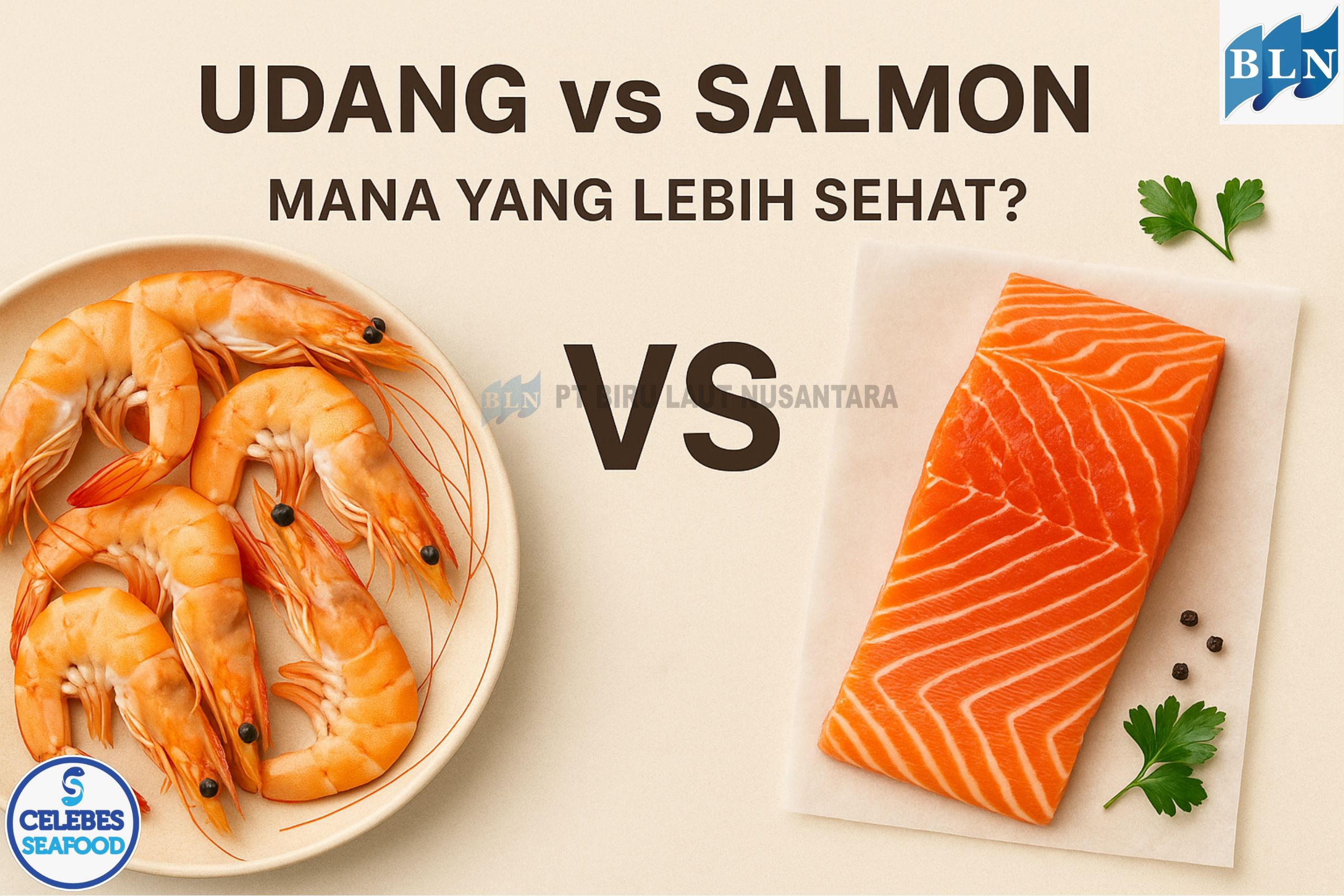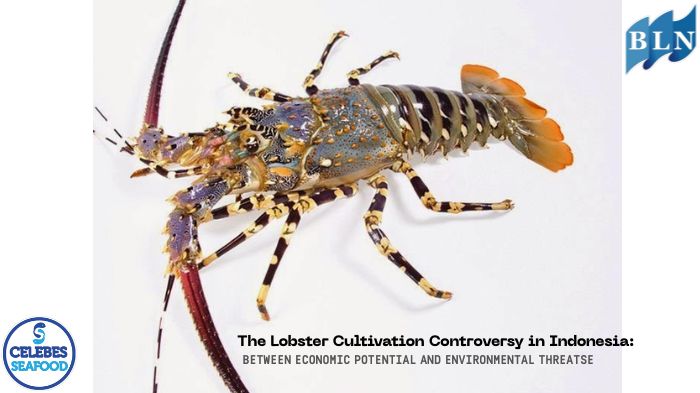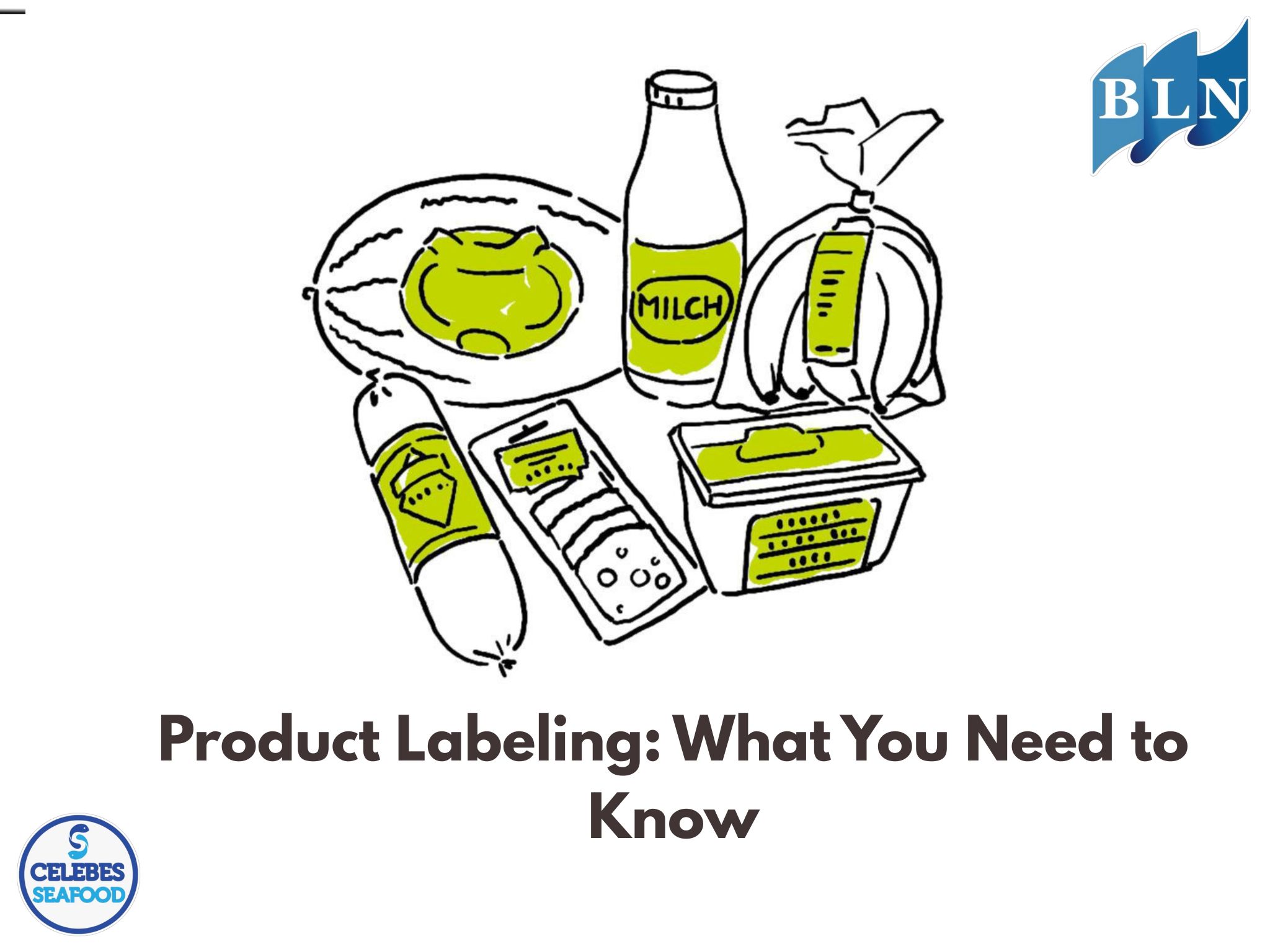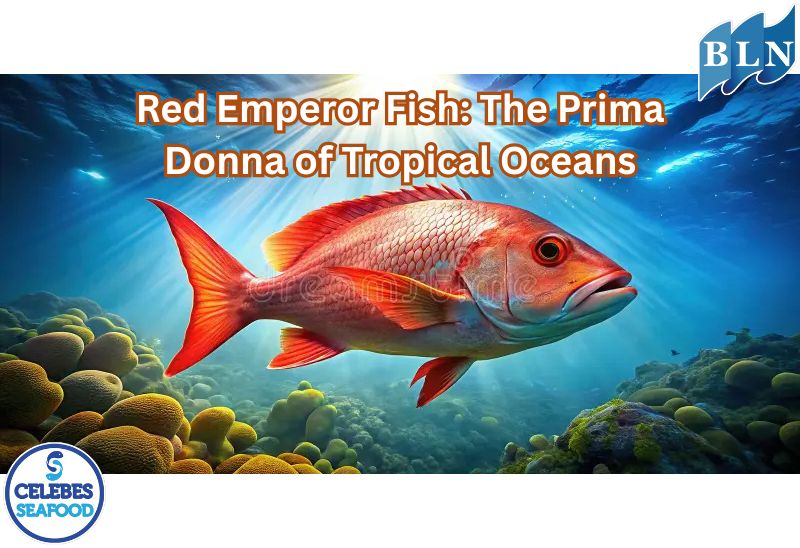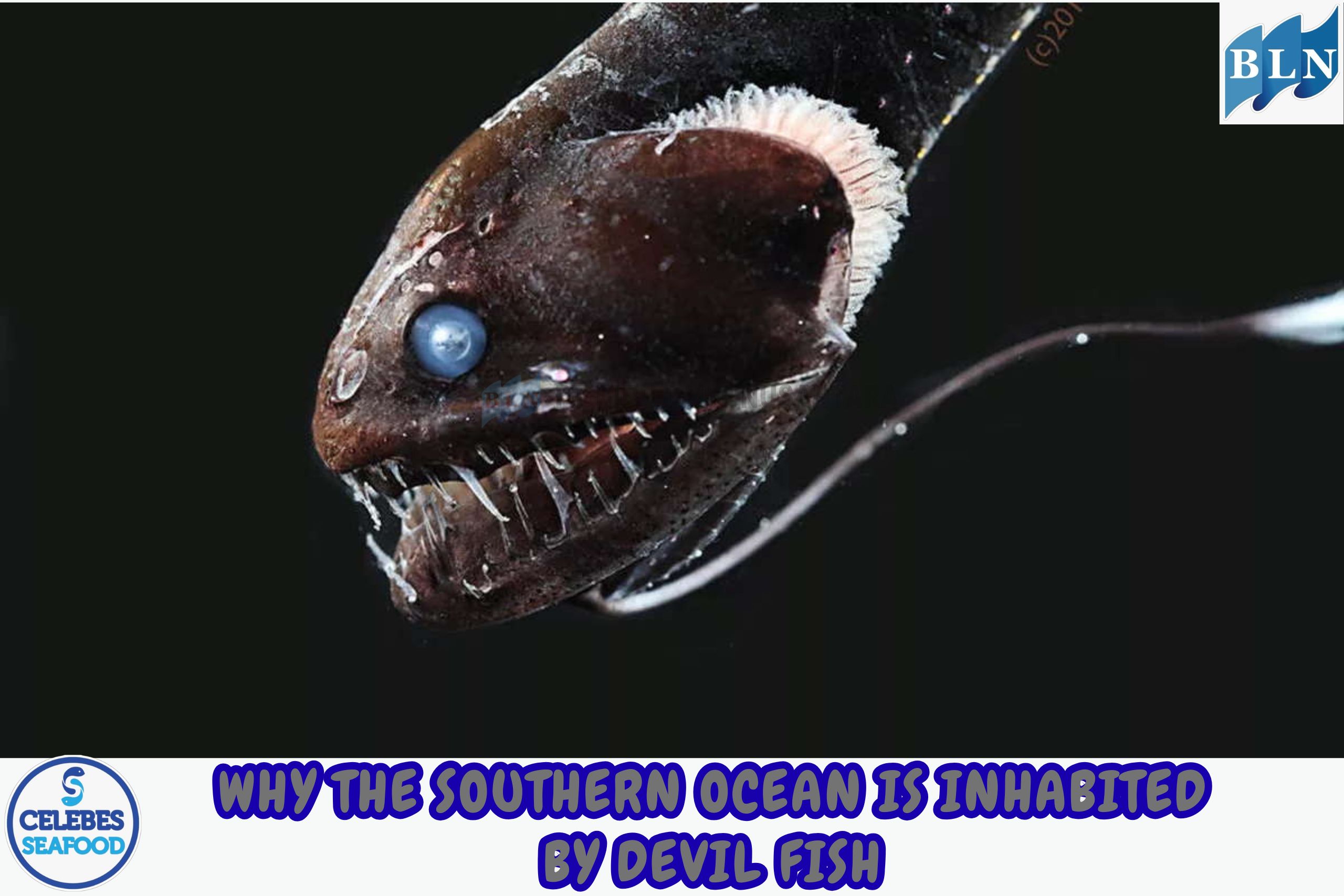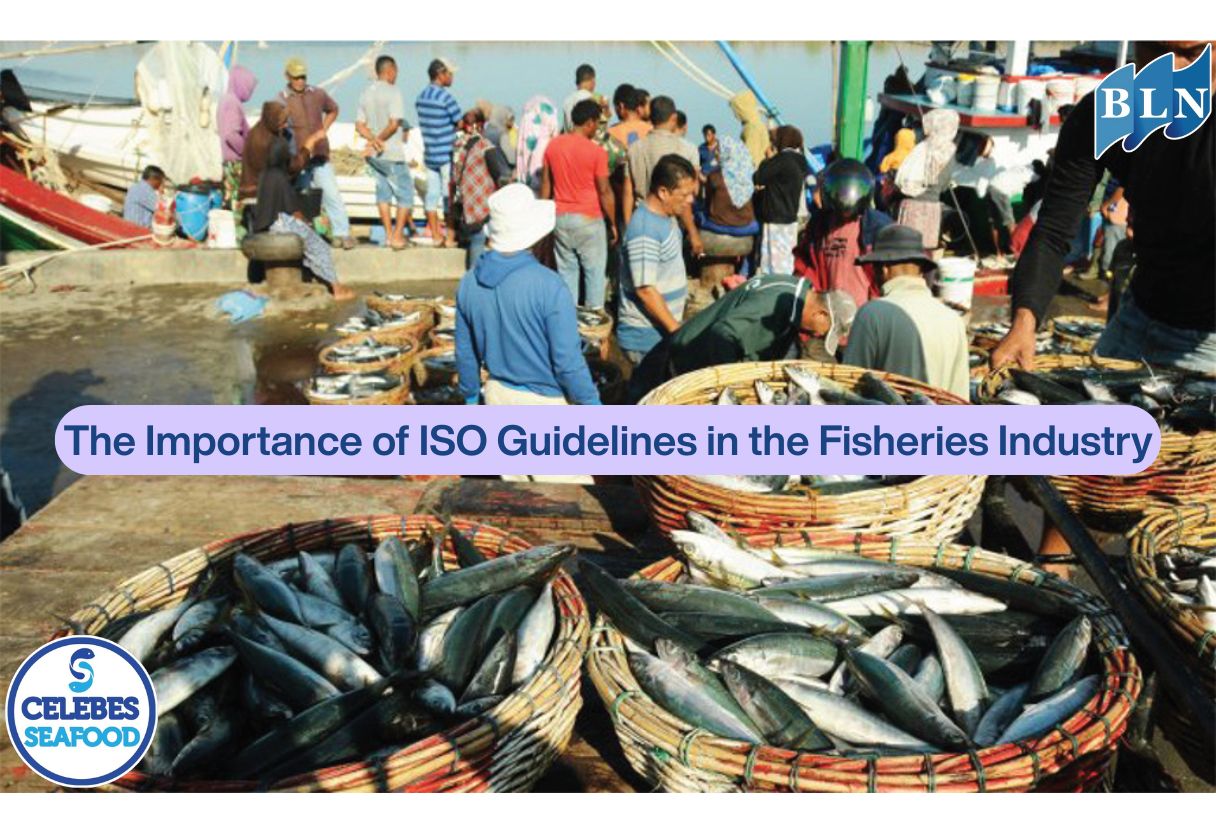Enhancing the Added Value of Fish Waste Through Fish Meal Production
By. Azizah - 12 Jun 2025.jpg)
lautnusantara.comFish waste is a byproduct of fish processing activities that has not been optimally utilized. Waste such as fish heads, bones, skin, and viscera still contains high levels of protein and minerals, making it a potential raw material for value-added products like fish meal. This study aims to examine the processing of fish waste into fish meal and its potential use as a feed ingredient. The results show that fish meal made from waste has competitive nutritional value and can serve as an alternative source of animal protein for livestock and aquaculture feed. This value-added processing also contributes to waste reduction and income generation for fisheries businesses.
1. Introduction
The fisheries industry produces a large amount of waste, particularly from filleting and fish processing activities. Generally, this waste is discarded or used in limited ways such as fertilizer. However, fish waste still contains nutrients such as protein, calcium, and phosphorus that can be further utilized. One way to enhance its economic value is by processing it into fish meal.
Fish meal is known as a protein-rich feed ingredient widely used in the livestock and aquaculture industries. Processing waste into fish meal not only reduces environmental pollution but also opens up new business opportunities in the downstream fisheries sector.
2. Materials and Methods
The raw materials used in this study include fresh fish waste such as heads, bones, skin, and viscera from various marine and freshwater fish. The processing steps include:
-
Cleaning: Waste is thoroughly washed to remove dirt.
-
Boiling: Conducted to kill microbes and soften the material.
-
Drying: Done using an oven at 60–70°C for 8–12 hours.
-
Grinding: The dried material is ground into fine powder.
-
Sieving and Packaging: The fish meal is sieved and packed in airtight containers.
Proximate analysis was conducted to determine the moisture, protein, fat, and ash content of the fish meal product.
3. Results and Discussion
Fish meal produced from waste showed a protein content of 35–45%, moisture content of 8–10%, fat content of 10–15%, and ash content of 20–25%. These values are relatively high and meet feed industry standards. Organoleptic testing showed that the product had a characteristic fishy smell, but was not rancid when processed properly.
Economically, processing fish waste into fish meal increases the selling value of previously unutilized materials. Small-scale entrepreneurs can produce fish meal using simple technology and low capital, offering potential income growth and employment opportunities.
